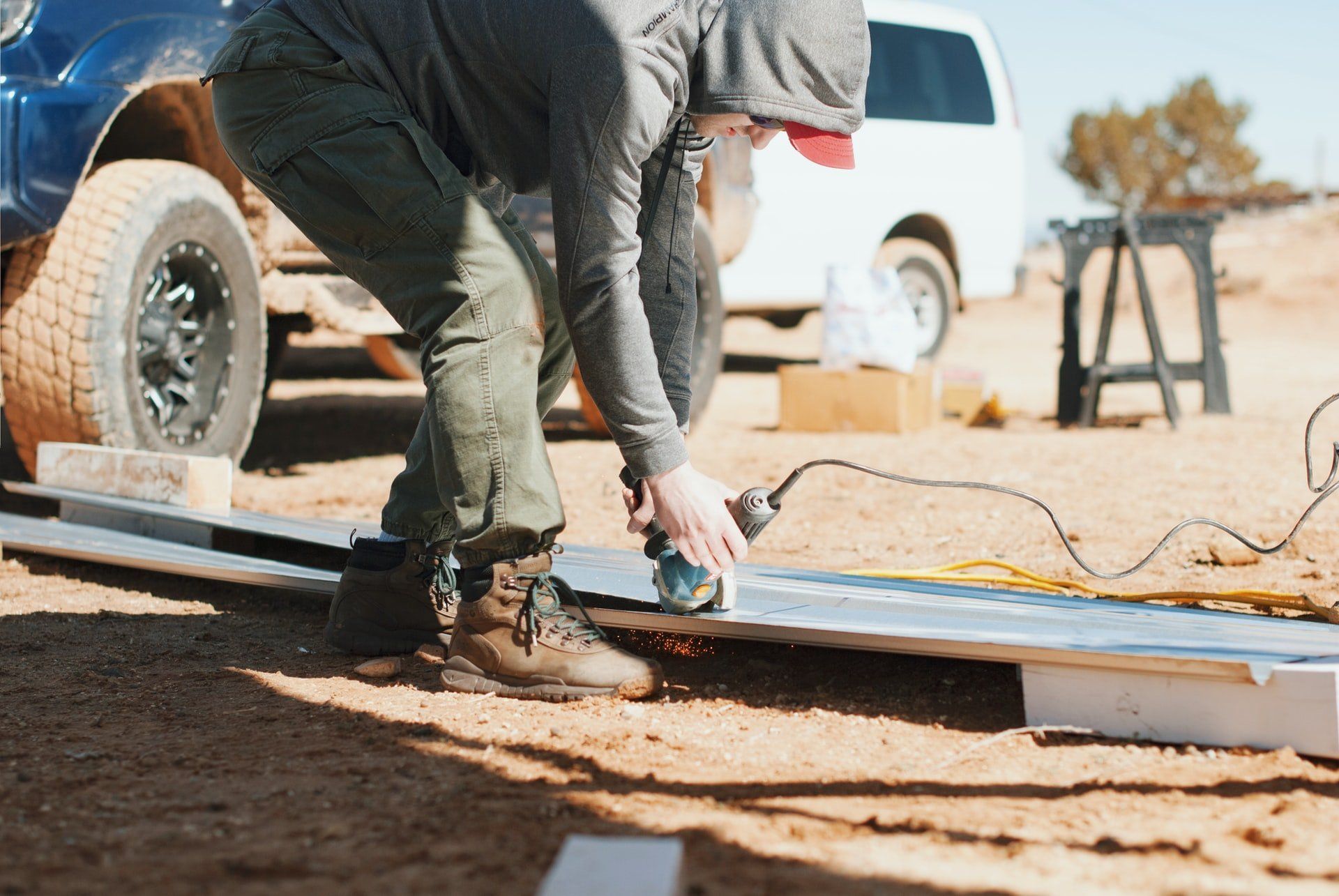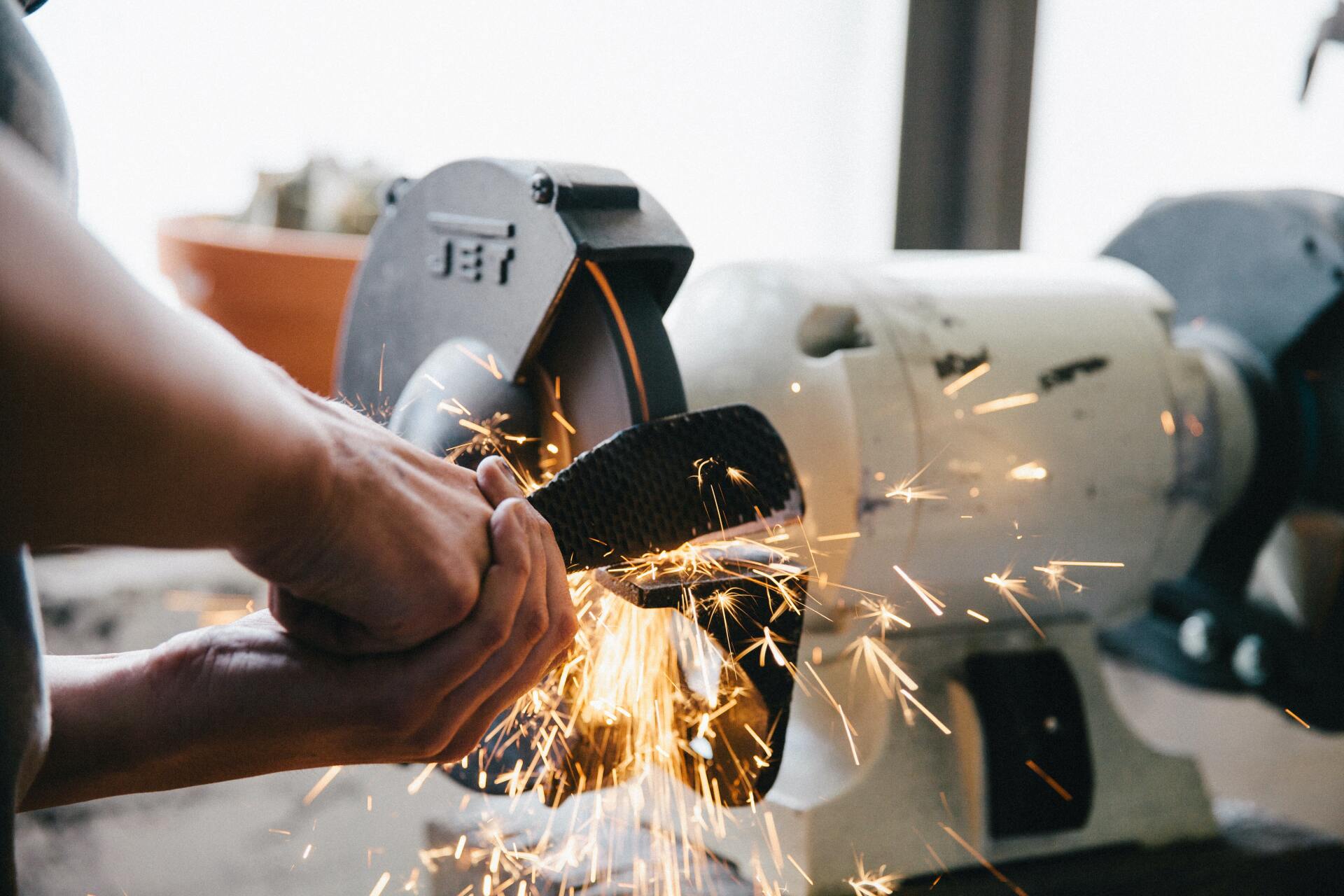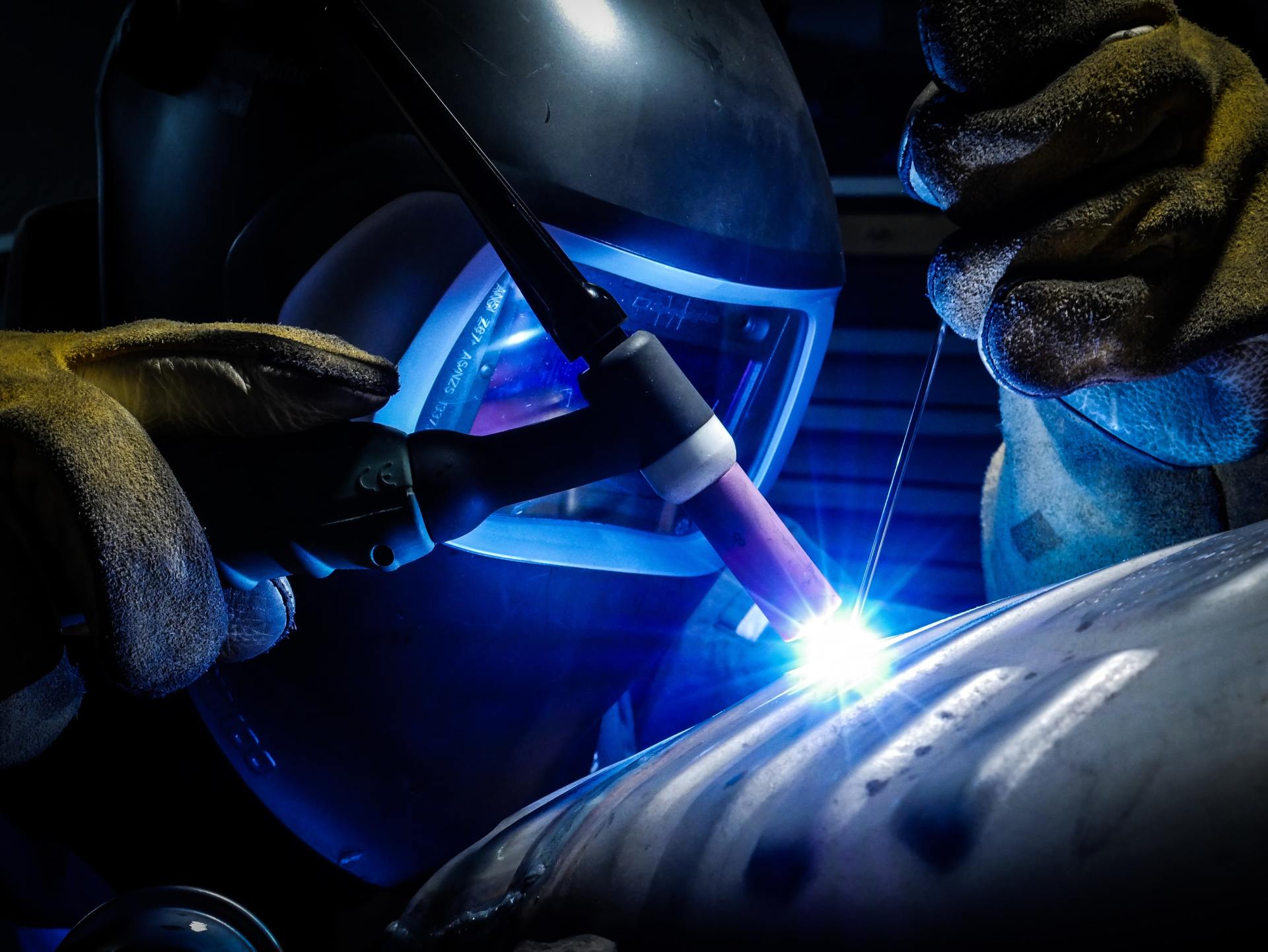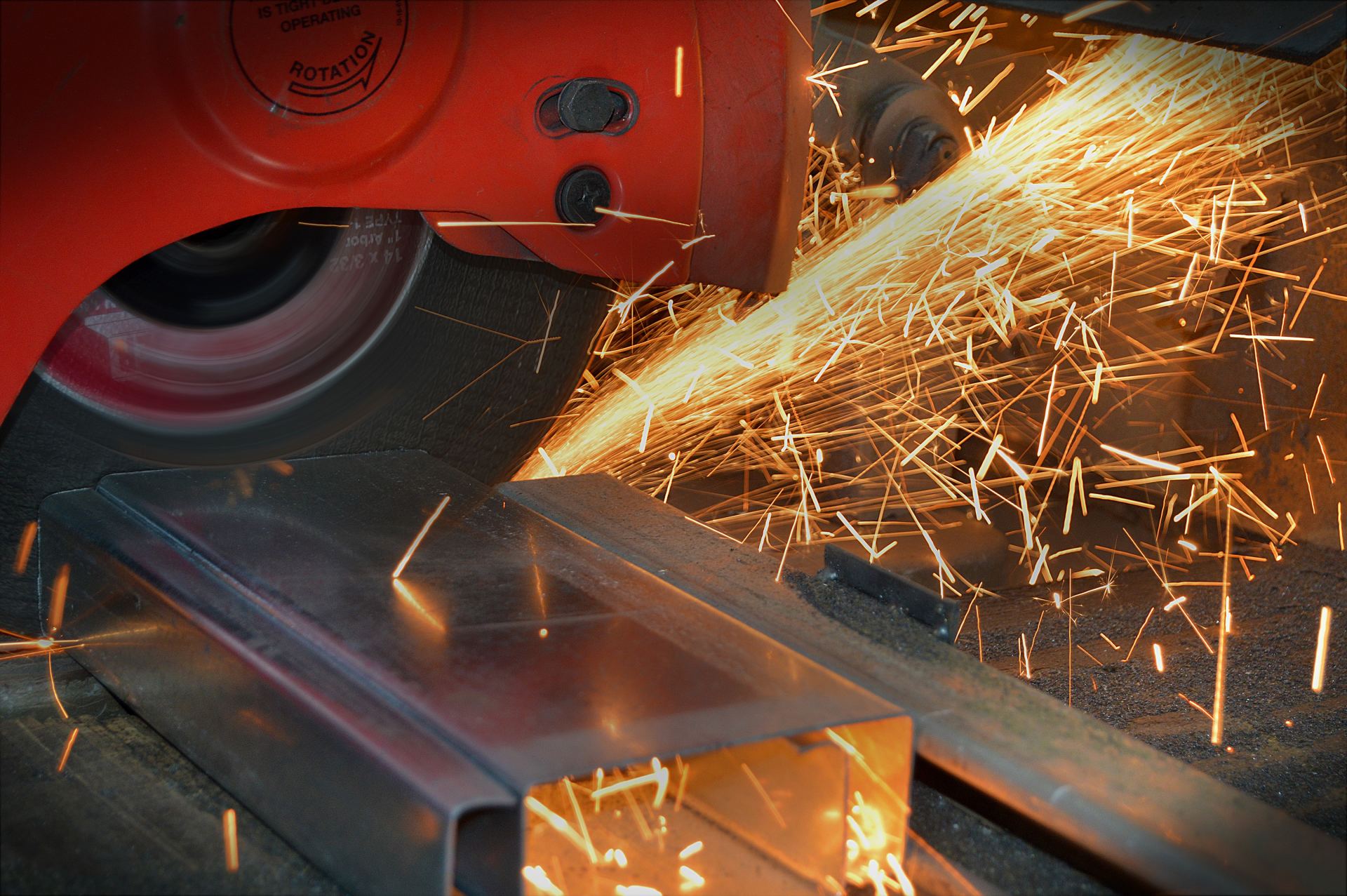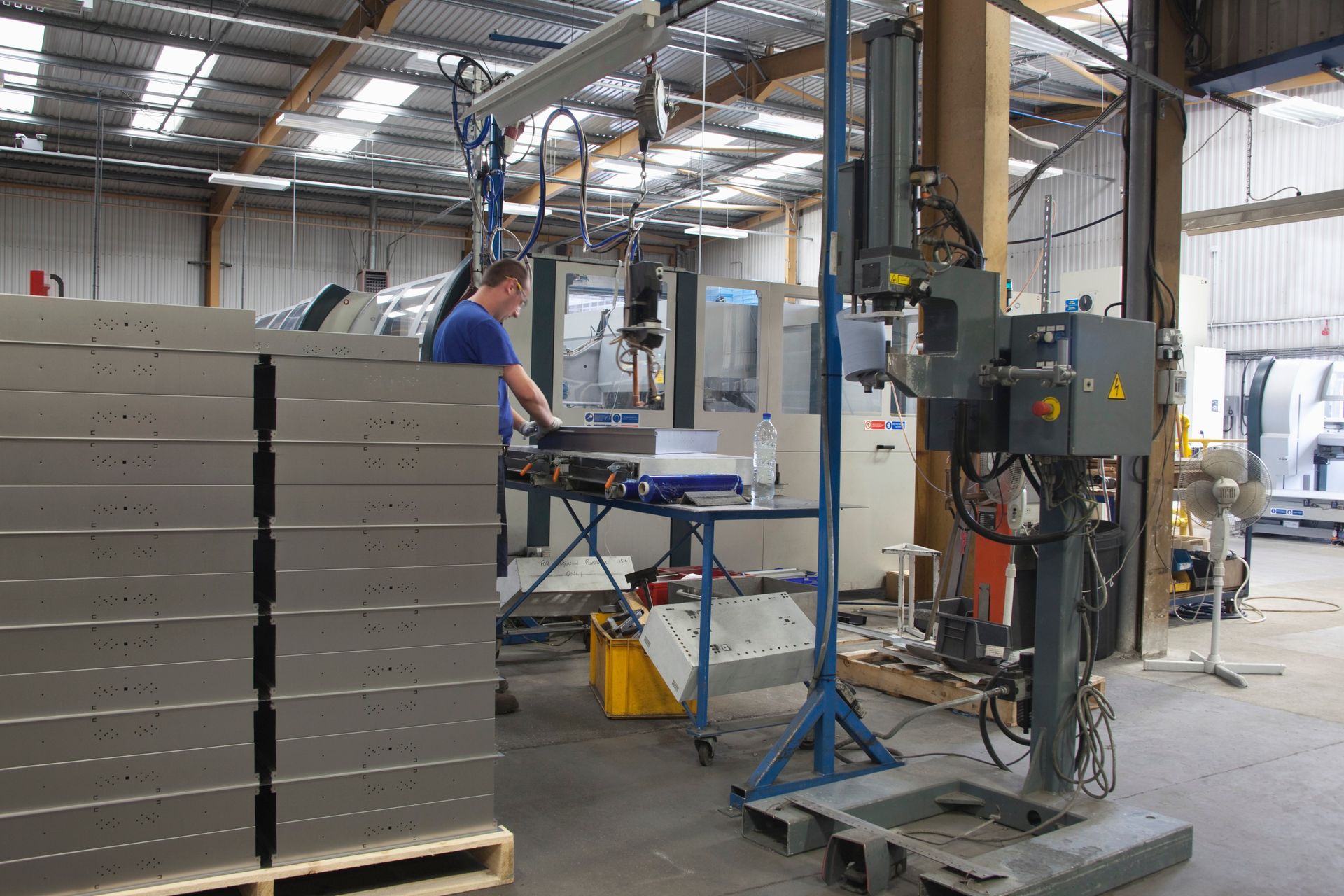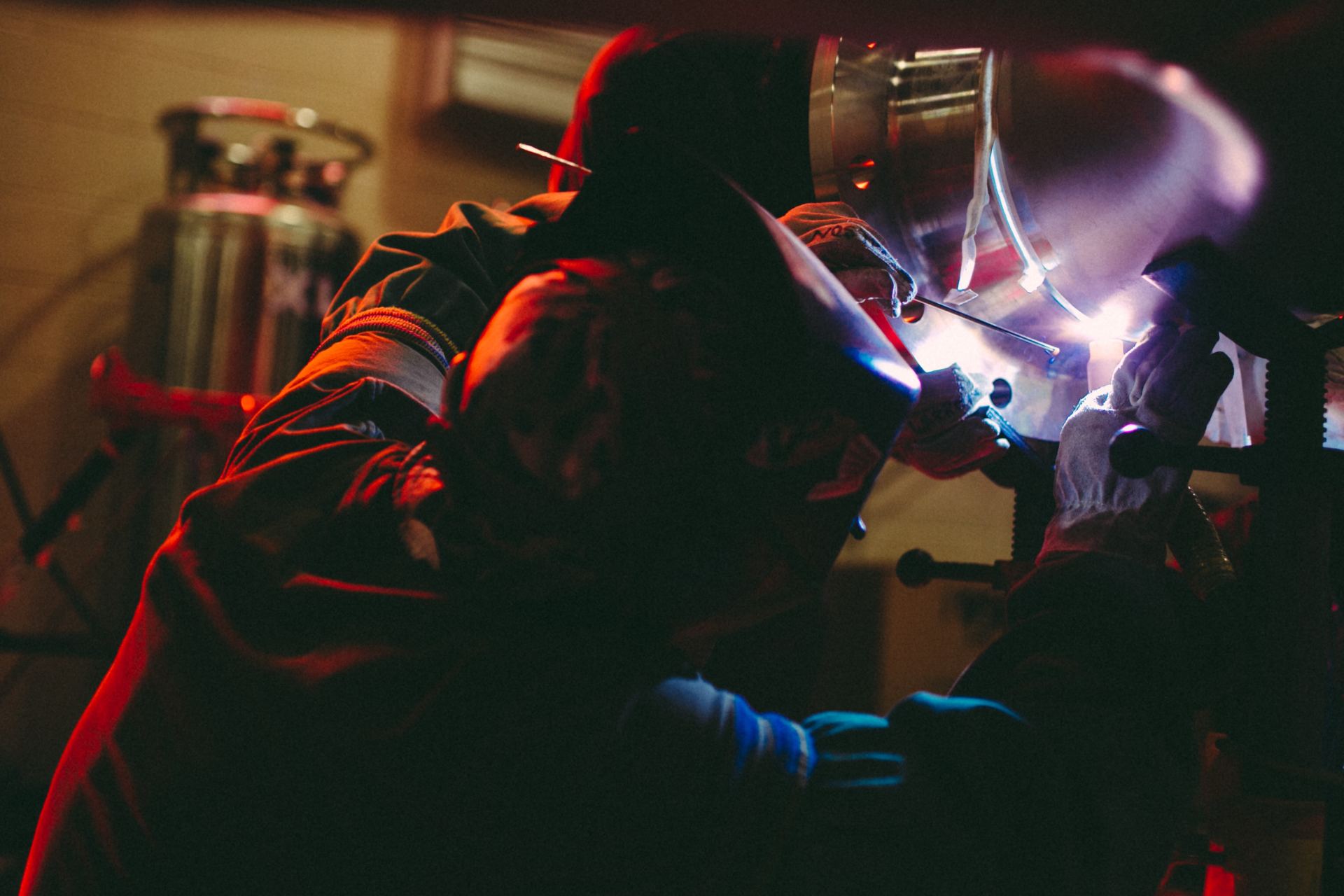Waterjet
- By Brandon Falcon
- •
- 14 Mar, 2017
- •
Waterjet:
Waterjet displays exquisite detail on numerous materials – from aluminum, steel, foam, and gasket. However, this is far from the powerful capabilities that waterjet shows. Waterjet utilizes its craftsmanship for stronger materials such as composites, stone, cement board, thick insulation, and exotic materials like titanium.
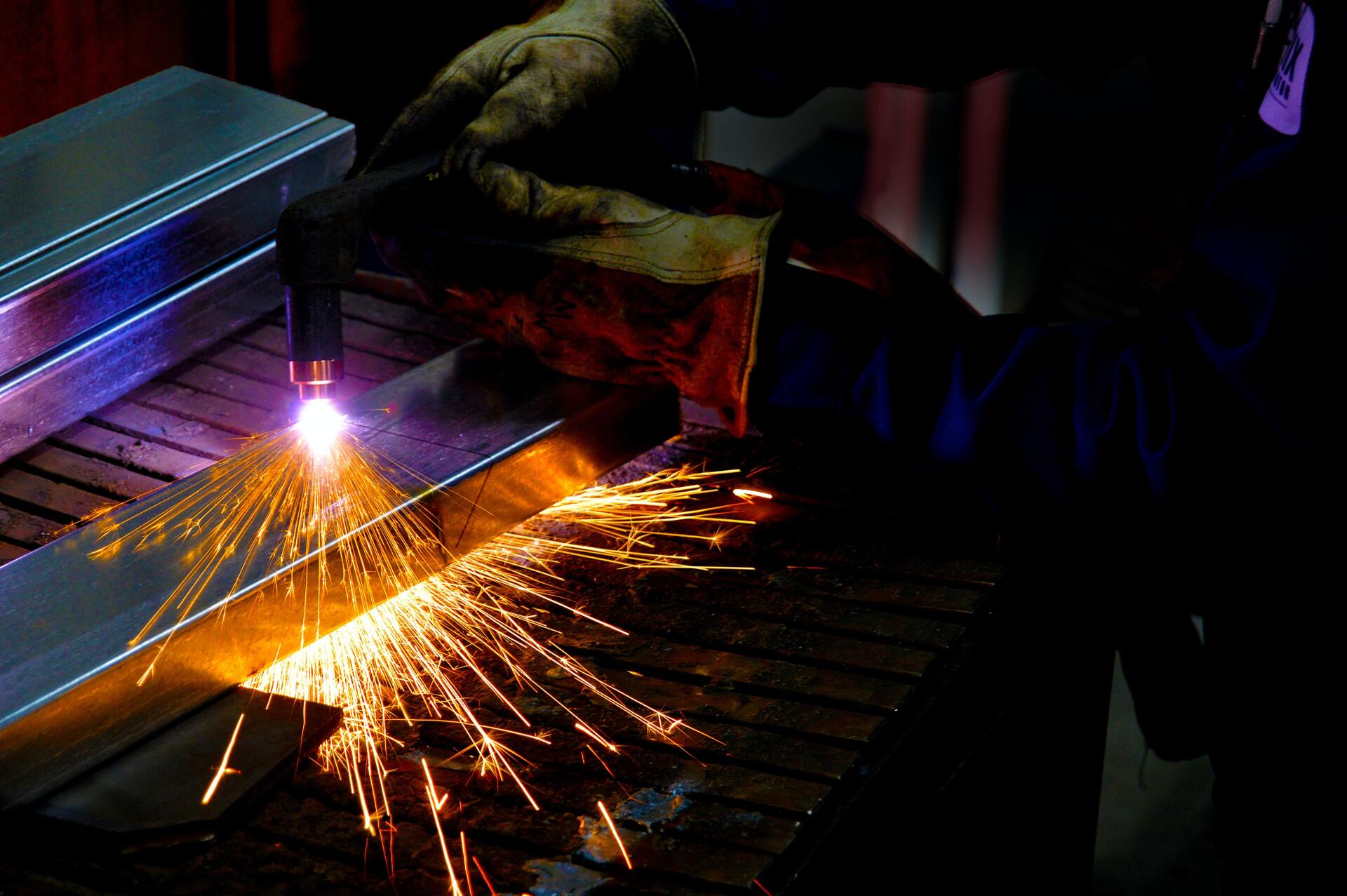
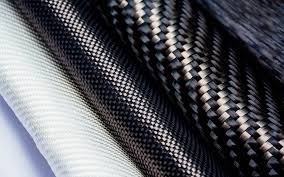
Composites are chosen by transportation and sporting industries mainly for its strength to weight ratio. It’s stronger than metal and lighter in weight, makingit a desirable material to work with.
This highly-engineered material is composed of cloth fibers and a form of resin epoxy. Although durable, there is a risk that it will be damaged by burns, saws, mills, or rout. This problem is easily solved with waterjet.
Through an easy and precise erosion process, waterjet cuts material at high speeds without heat transfer. This technique is perfect for sporting goods, composite boat hulls, and automobile components. It also includes large commercial airplane parts along with small airplane clips and parts.

